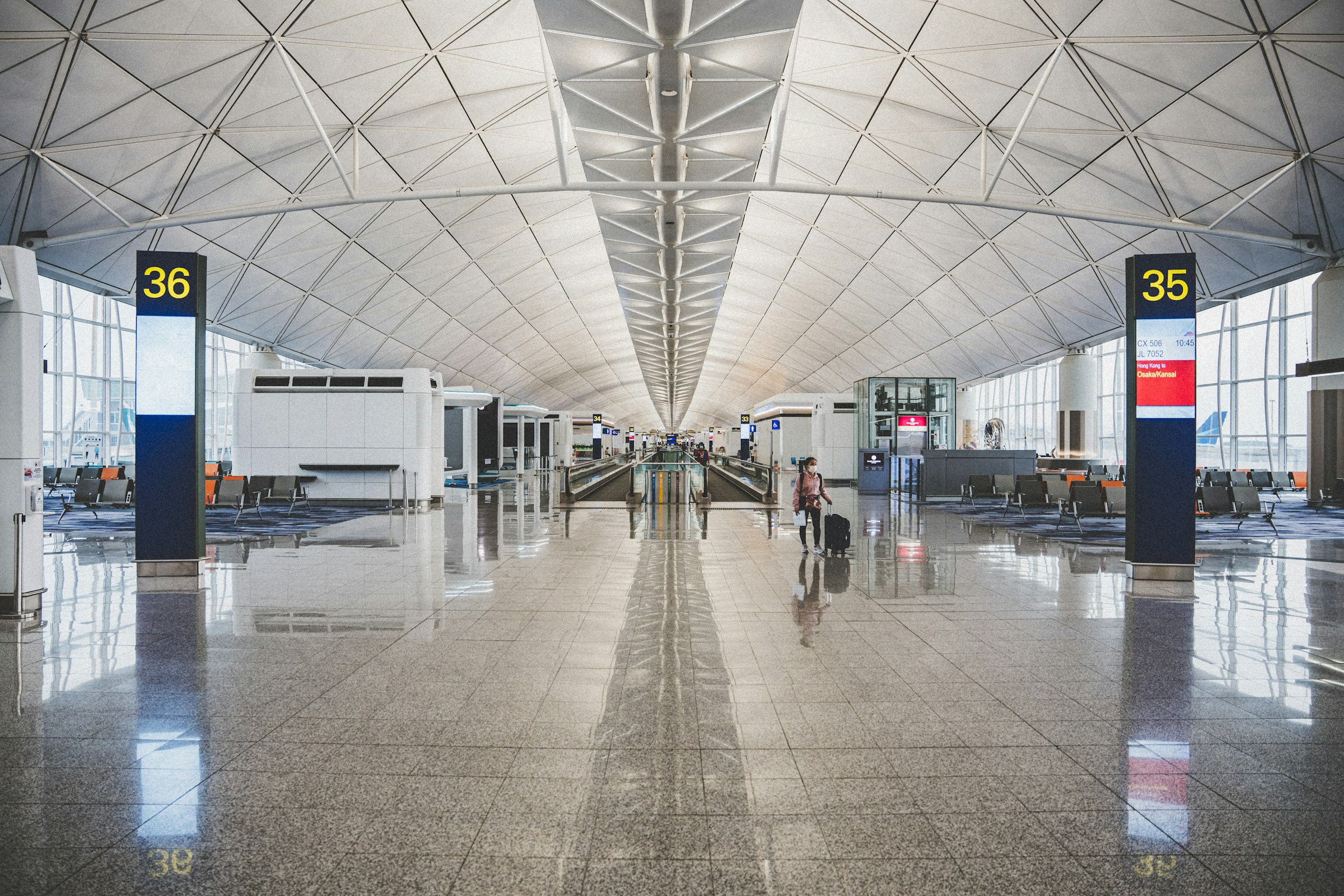At first glance, it was just another tropical storm. Typhoon Wipha passed, the cyclone warning was lifted, and flights began to resume. But outside Hong Kong International Airport, things were far from normal. Thousands of travelers were stuck in unmoving traffic, with congestion so severe that some taxis gave up entirely and dropped passengers off at a hotel nearby. For founders and operators in platform and transport infrastructure, this wasn’t just a traffic jam—it was a blunt system-level failure that revealed where scale, distribution, and user coordination all break down.
This isn’t about rain. It’s about fragility under load.
Airport infrastructure is supposed to flex with surge events—holiday peaks, red-eye waves, weather delays. What happened on Monday wasn’t just overload. It was a funnel collapse. From road access to terminal entry, every buffer in the system buckled.
Passengers trying to catch rescheduled flights found themselves trapped not by the typhoon, but by the design of the last-mile access funnel. With Airport Road gridlocked as far back as the Chek Lap Kok Fire Station, and Terminal 1’s drop-off zone unusable, the entire system bottlenecked at the access point. Even the fallback option—Regal Airport Hotel as an improvised drop-off—wasn’t part of any official protocol. It was a driver hack.
When riders improvise and drivers opt out, that’s not resilience. That’s abandonment.
What this incident really reveals is how little real-time surge flexibility exists between private transport platforms (taxis, ride-hailing, buses) and public infrastructure (terminal access, traffic routing, signage). The Transport Department’s belated advisory to use car park 1 as a drop-off zone sounded more like a workaround than a plan. And suggesting Airport Express or buses, after roads were already blocked, amounted to telling users to backtrack into an already-choked system.
From a product design lens, the system lacked two critical things: dynamic routing logic and real-time feedback loops.
The airport handles tens of millions of passengers a year, but its surface transport layer wasn’t built with API-grade resilience. There was no ride-hailing throttling, no traffic signal override logic, no automated rebalancing to redirect flows. In short: the transport “platform” operated like a fixed route utility—when it needed to behave like a dynamic, usage-aware network.
Zoom out. If you’re building a platform that depends on coordinated access—whether it’s airport logistics, delivery routing, or mobility-as-a-service—you can’t fake resilience. Surge isn’t an edge case. It’s the test case.
What happened at Hong Kong Airport is what happens when you optimize for throughput, but not coordination. There were enough roads. There were enough cabs. But there was no shared protocol.
Founders in logistics, transportation, or B2B infra need to ask: does your system assume everyone is behaving rationally and within design bounds? Because if so, your model will break exactly when your users need it most. That’s not just a bad UX. It’s a breach of trust.
The instinct in cases like this is to assume the system needs more: more lanes, more signs, more shuttle services. But this wasn’t a bandwidth issue. It was a coherence issue.
When one layer (in this case, road access) fails, your system needs to reflow the pressure across other layers. Think of it like AWS regional failover—if the east zone is flooded, traffic shifts west automatically. The airport had no such logic. And the impact wasn’t just on passengers—it hit cab drivers, airline staff, and the airport’s entire service ecosystem.
Even a basic real-time dashboard for ground operators—showing congestion zones, reroute capacity, estimated walking times—could’ve changed the narrative. Instead, the system’s only “feedback” was an overwhelmed road and stranded passengers.
Here’s the hard truth: platform success often masks structural flaws. Until something hits.
Hong Kong’s airport is world-class on metrics—traffic, throughput, passenger satisfaction. But under typhoon stress, the glue between layers failed. It wasn’t the planes. It wasn’t even the weather. It was the assumption that infrastructure doesn’t need a playbook for chaos. Founders working on smart cities, mobility platforms, or even large-scale venue coordination should take note: If your last-mile breaks, your entire product breaks with it.
Resilience isn’t about handling normal load. It’s about routing the abnormal—on the fly, without collapse. And if you're only solving for convenience, you're not solving for continuity.






.jpg&w=3840&q=75)






-1.jpg&w=3840&q=75)
